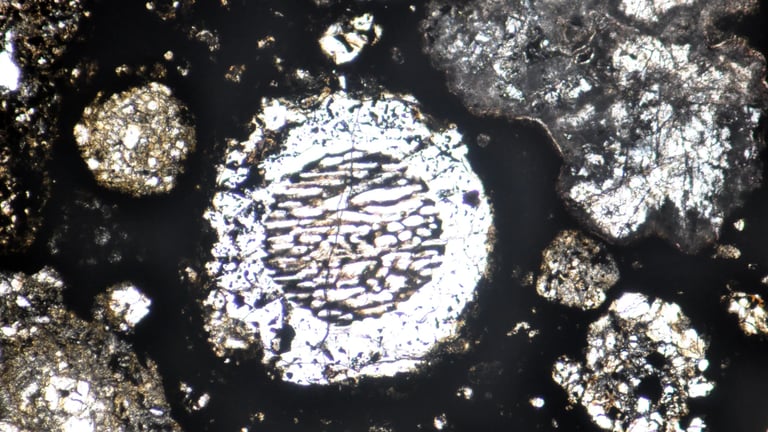Chondrule Formation Linked to Jupiter's Birth: New Study Offers Planet Formation Dating Method
August 27, 2025
The study pinpoints peak chondrule formation at about 1.8 million years after the solar system’s start, tying the boom to Jupiter’s birth.
Chondrules are small 0.1–2 mm spheres found in meteorites, and their formation is linked to water vapor explosions during planetary impacts.
Nagoya University and INAF researchers explain that chondrules formed from molten rock droplets during early solar-system planetesimal collisions.
computer simulations indicate that high-speed collisions between rocky, water-rich planetesimals produced chondrules, aligning with Jupiter’s rapid gas accretion.
The study appeared in Scientific Reports on August 25, 2025, with DOI 10.1038/s41598-025-12643-x, and was supported by JSPS KAKENHI, ASI-INAF, and ERC Synergy ECOGAL funding.
These findings offer a new way to date planetary formation and could illuminate planet formation timelines around other stars.
Overall, the work provides a dating method for planet formation and suggests similar processes may have occurred for Saturn and other planetary systems.
Summary based on 1 source
Get a daily email with more Science stories
Source

ScienceDaily • Aug 26, 2025
Scientists finally pinpoint Jupiter’s birth using “molten rock raindrops”